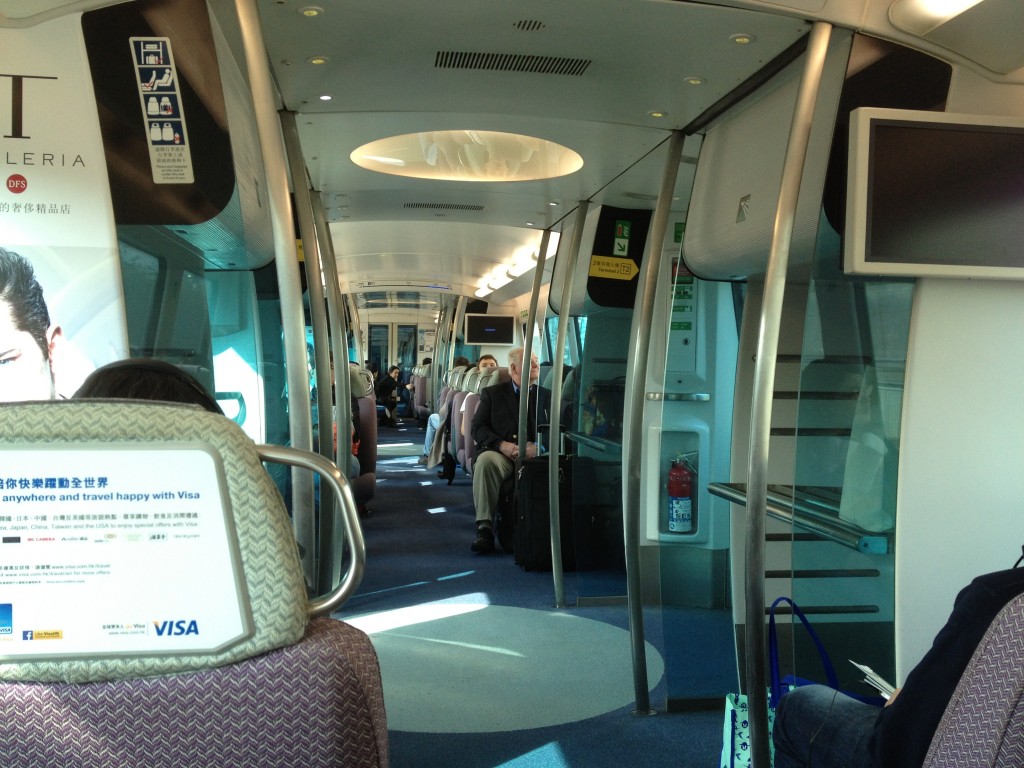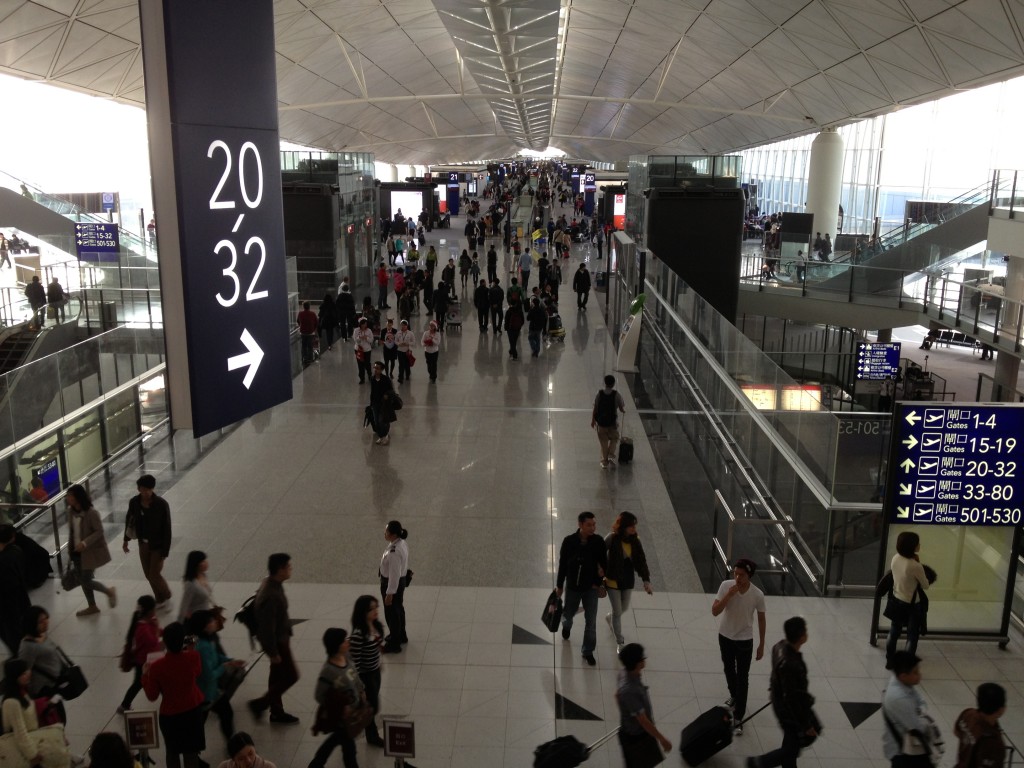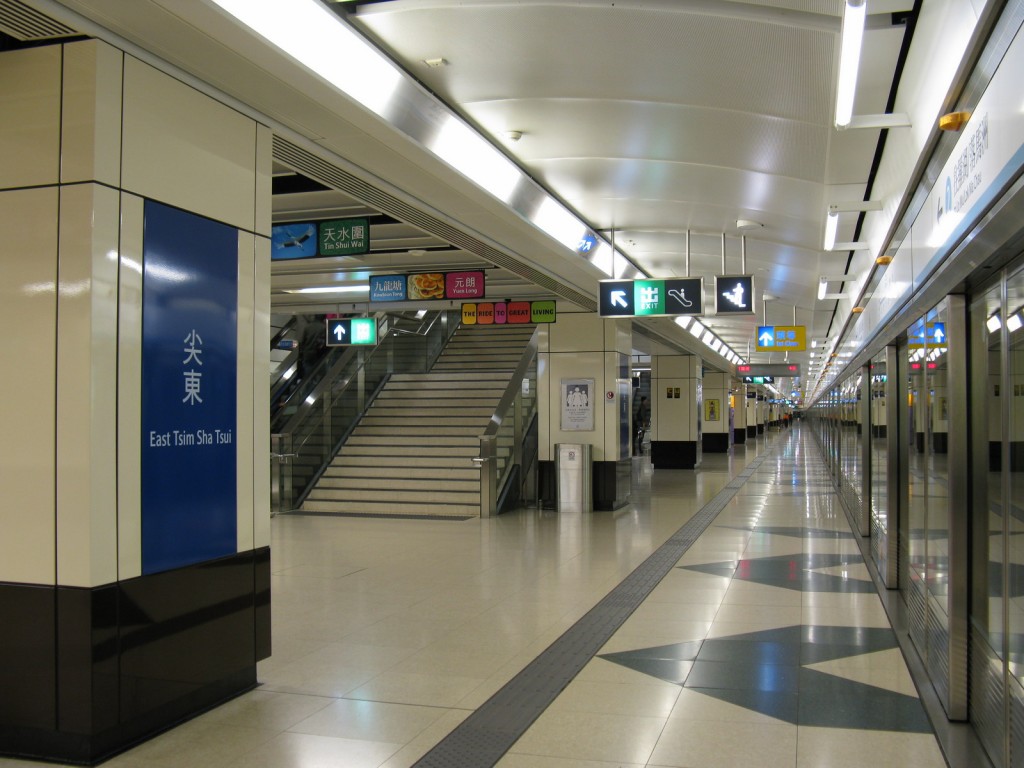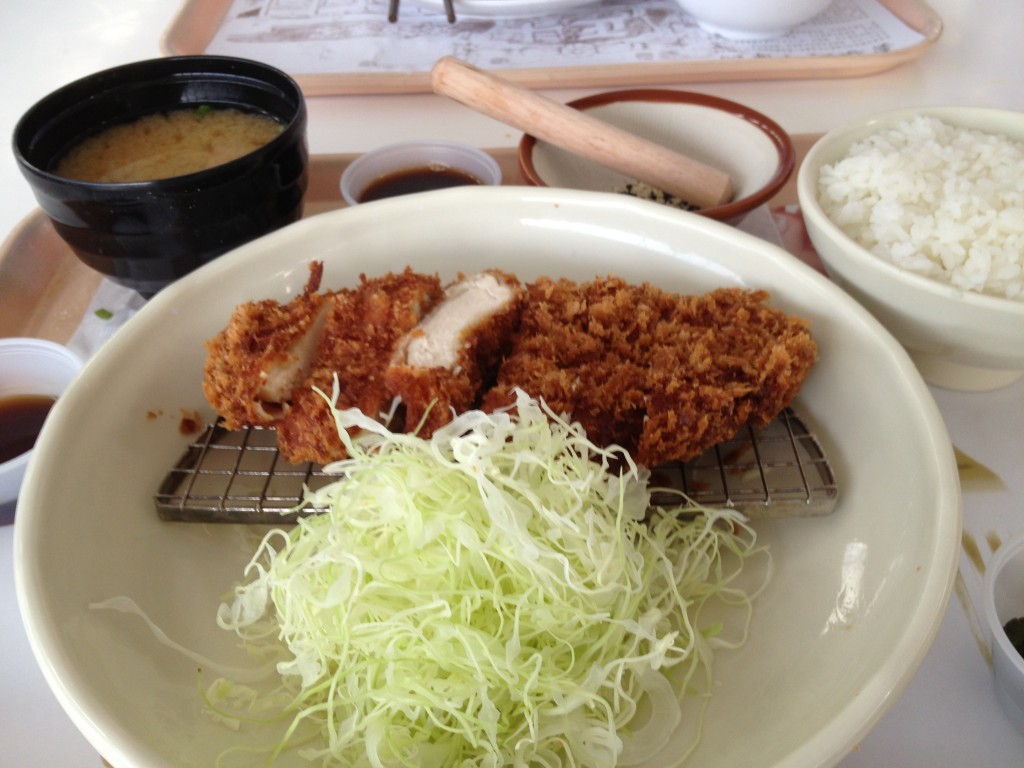Smart Asia Getaways
Discover Asia, the smart way
Octupus Cards and The Airport Express – Getting Around Hong Kong
 A trip to New York will keep a first-timer busy. Why? Try figuring out JFK to Brooklyn on your own without a cab. The designers of Hong Kong’s public transit system, by contrast, engineered most of the guesswork out. Below, I’ll tell you how a single card gets you from airport to hotel and back. It’s so easy and intuitive here that I could easily write “follow the signs and ask directions” and send you on your merry way.
A trip to New York will keep a first-timer busy. Why? Try figuring out JFK to Brooklyn on your own without a cab. The designers of Hong Kong’s public transit system, by contrast, engineered most of the guesswork out. Below, I’ll tell you how a single card gets you from airport to hotel and back. It’s so easy and intuitive here that I could easily write “follow the signs and ask directions” and send you on your merry way.
Still, I messed a couple of things up. Made a wrong turn here. Overpaid there. Waited in a few lines I didn’t need to. Moreover, there’s a confusing amount of information out there about Hong Kong travel, and not all of it is useful. All the more reason for an article describing the maximally effective way to hack HK public transportation.
Octopus cards, the airport express, and hotel shuttles.
If you take my advice and stay in Kowloon, especially Jianshazui (spelled, incorrectly “tsim sha tsui” in HK in case you’re googling it), find out before you even get on the plane if your hotel has a shuttle from the Kowloon rail station. Most do.
The airport express train takes you quickly and efficiently from the arrivals hall to any of three destinations – Qingyi, for which you likely have no use, Kowloon, and the terminus on Hong Kong island. From the airport to Kowloon is around 20 minutes, and will run you around US $10, depending on the exchange rate.
Should I buy an octopus card?
Depends on how long you’re staying. The octopus card, despite how it sounds, is not a delicious eight-tentacled sea beast. Do not attempt to grill or eat it, not least because you’ll lose any funds you deposited. All joking aside, the octopus card is a kind of rail-pass-cum-debit-card that’s accepted at most eateries and convenience stores around town. There’s no added value besides convenience – you redeem exactly the money you deposit. It saves you carrying around cash, but so does a debit MasterCard.
More to the point, you can get more value from an unlimited combo pack during a short stay. It’s three days of unlimited rides on the city’s subway system, and a return journey on the airport express. To get it, just buy a one-way ticket on the airport express at the airport, and buy a combo pass at any subway station. It costs $220 HK, or around $30 US, $50 of which ($7 US) is returned when you return the card at the airport.
The beauty of the HK subway system is everything is seamlessly integrated. Anyone who’s tried to transfer from the Air Train to the LIRR to the subway in New York knows the three sets of fares, three different entry cards, and mess of staircases and escalators – usually with bags-in-hand – it entails. In Hong Kong, especially with the combo pass, getting from subway to airport express, subway to light rail, or line-to-line within the subway usually involves no more than crossing a platform and, at most, riding an escalator or moving walkway.
Take the airport express to Kowloon, and follow the signs to your hotel shuttle.
Getting Around
The primary challenge for riders used to subway systems in the west will be the sheer size and complexity of the stations in Hong Kong. (Or Beijing, or Taipei.) Whereas in New York or Chicago, most stations consist of little more than a platform and a few staircases, stations in HK are like underground neighborhoods all-their-own, with shopping malls, food courts, bank branches, and multiple exits. (Yes, New York has a few more complex stations – Union Square, for instance – but they don’t even approach the kind of scale you see in HK.)
The East Jianshazui station, pictured to the right, spans most of the street-level neighborhood, and has nearly 20 exits. The key, when taking the subway around the city is checking in advance to see which exit is closest to your destination. (If you’ve installed a local sim card in your smart phone, the Google Map app will get you the rest of the way.)
Stations are well-marked, so if the park, museum, or restaurant is closest to – say – exit K, just follow the signs.
A big advantage of the unlimited 3-day rail pass described above is its…unlimited…ness. Like those in Europe, Washington DC, and elsewhere in Asia, HK subways charge you by the distance, and if you have an Octopus card the farther you go, the more it will cost you. With the unlimited pass you can rest easy – take the blue line up to Shenzhen if you need to – that you won’t run out of “miles”.
Escape From Hong Kong Island
 When it’s time to go, the Airport Express offers a handy feature – train-station check in. Imagine if you could find a United counter at Penn Station and check your bags before even embarking out to JFK. We can dream. Anyway, that’s exactly what you’ll find at stations along the Airport Express line.
When it’s time to go, the Airport Express offers a handy feature – train-station check in. Imagine if you could find a United counter at Penn Station and check your bags before even embarking out to JFK. We can dream. Anyway, that’s exactly what you’ll find at stations along the Airport Express line.
As long as it’s longer than 90 minutes before your flight, you can locate a ticket counter for your airline right in the train station. No need to sherpa your heavy luggage up the escalator, onto the train, or out into the airport. Just drop it off at the counter and walk onto the train with only your carry on.
Last mistake I made – not double-checking the terminal number for my airline before hopping on the train. The vast majority of flights – especially international flights – will leave from Terminal One, so if you’re unsure, that’s a better bet. Unlike its counterpart in Beijing, Hong Kong’s airport train has just a single stop at the airport – and doors open on both sides of the car: one side for Terminal One, the other for Terminal Two – so if you get it wrong, it’s an easy fix.
Airport Survival Guide
If you’ve taken my advice and checked in at the train station, you can skip the lines in the gargantuan departures hall, but you want to remember to do two things.
1) Return your rail pass and redeem the $50 deposit. This can be done at the Aiport Express Customer Service kiosk in the center of the train platform. No need to take any escalators. If you’ve crossed a bridge to the departures hall or taken an escalator, you’ve done it wrong.
2) Currency exchange. Now take one of the bridges from the train platform across to the departures hall, and follow signs for row G, then proceed to the end of the row, on the opposite wall from the Airport Express, to find the Travelex.
Now, onto the important stuff – food. About the only bit of advice you need is, don’t worry about eating before you clear security and immigration. The main food court, which includes the usually top-flight Tasty Congee and Noodle Wantun Shop (full disclosure – it was a bit drab on the third of my three visits, though fantastic the first two), some of the best Katsu I’ve tasted outside Japan, Pizza Express, and – with half-again more patrons waiting in line for it than for any other establishment – Micky D’s. (Verdict? We’re f@#&ed.)


Pingback: Three Hong Kong Day Trips Worth Taking | Smart Asia Getaways
Pingback: Three Hong Kong Restaurants Worth Your Plane Ticket | Smart Asia Getaways